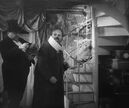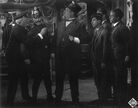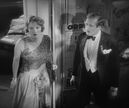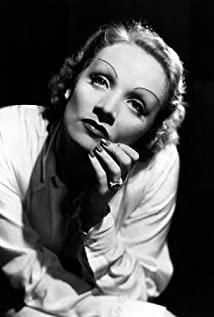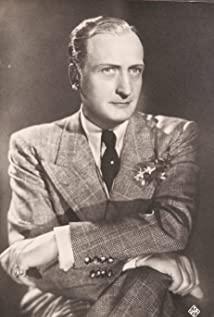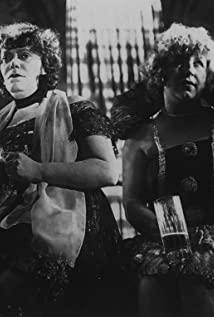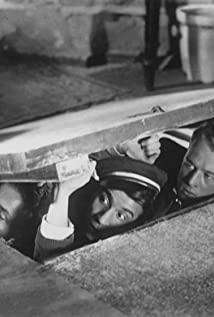The clown in the film appears 24 times, with a hidden mystery. He is the symbol of inner desire. He opened and closed the door and walked from one room to another, implying the suppression and release of man's psychological control mechanism on him. When he looked at the professor sitting in the high guest seat. The professor looked intoxicated, so the clown never appeared again, which implied that the image of the professor representing the superego broke through the moral shackles of abstinence and gradually fell. At the same time, the tamed black bear is also a symbol of suppressed desire.
Another thread running through it is the image of the bird. The dead bird in the first scene hints at the life of a lifeless professor without love. He represented despotism and control, and his students hated him. The feathers on Rolla Rolla on the poster are a kind of temptation. The German plural of Vogel (bird) is similar to vögeln, which refers to making love, aka desire. Rolla Rolla's song is "Spring is here, and the birds are singing." The clock appeared three times in the film review. For the first time, before the professor's life was not disrupted, there were a few decorative pigeons on the clock. A symbol of peace and order. However, when Lola Lola lured him to another world, the pigeon on the bell never appeared again. In the world of blue angels, where seagull specimens are suspended and fly freely, this world is free from moral constraints.
Why are professors allowed to blow their noses like no one else is in class? Such an image is interpreted as a monarch above the crowd, freely holding power. But after he met Lola Lola, when he woke up for the second time, his voice did not sound the first time, and it subsided. From the details, we can see the changes in the professor's heart.
On the way the professor went to look for students in the nightclub, there was a scene where the police were in front and the posters of Lola Lola were behind him, looking in different directions. Implying the suppression of desire by the censorship mechanism of morality.
The first time Lola Lola saw the professor was to hit him with a chase light, and when the professor finally returned to school in humiliation and despair, he also used the light of the flashlight. It was the love for La La La La that gave the professor a passion for life that he had never had before, and in the end, he finally died in this world that did not belong to him.
In the room where Lola put on makeup, the professor's image was divided in two mirrors. This scene appears twice, alluding to the division of human nature.
Regarding the slut image of Laura Laura, she dresses scantily, smokes and drinks, subverting the traditional image of a woman. She regards love as a game, men as prey, and pursues freedom and happiness. This image is difficult to be accepted by conservative civil society in the society at that time, and even now. But such a physical desire cannot but admit that it exists in human nature, and Rolla Rolla is a kind of embodiment. Corresponding to it are the soul, virtue, and abstinence represented by the image of the previous professor.
This different world exists here, body and soul, conservative civic life and artistic life. This is also the issue discussed in the original "Doctor Garbage". Such struggles take place in the heart of man every moment.
The question haunts my mind, but I can't find a clear way to express it: entering another world, must death be the last possibility?
View more about The Blue Angel reviews




